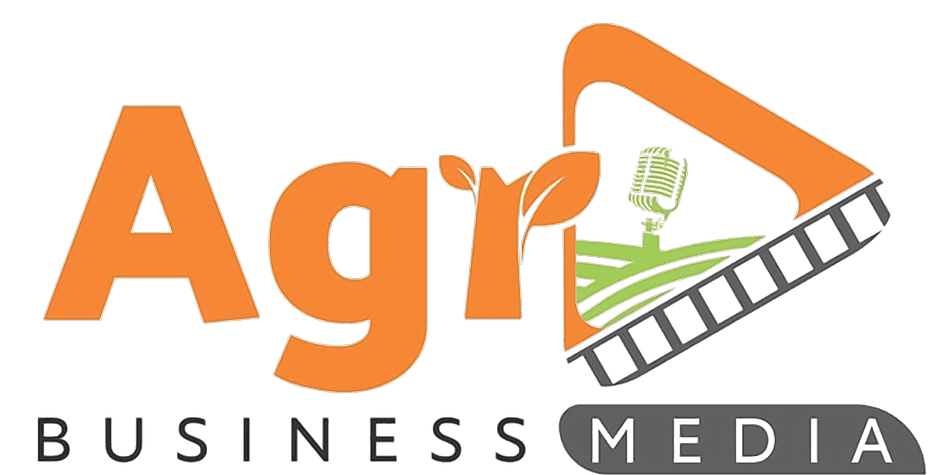Feather pecking and cannibalism are persistent issues in laying hen production systems, often leading to significant losses. Cannibalism typically begins with pecking at fresh wounds on a hen’s body, such as those on the back or excretory channels. Initially, this behavior may seem non-aggressive, appearing as part of the normal feeding behavior.
However, it often escalates until more severe damage occurs, sometimes reaching the intestines, causing death within minutes. Even after death, the pecking continues, leading to further cannibalistic behavior.
Understanding the Causes of Feather Pecking and Cannibalism
Commercial laying hens are usually fed highly concentrated, energy-dense diets. In natural conditions, hens spend 50 to 90 percent of their time foraging, making up to 15,000 pecks a day. Despite being provided with adequate feed, hens still have a strong foraging instinct. Feather pecking is a redirected form of ground pecking behavior, motivated by the need to forage.
Hens that are reared on litter types conducive to scratching and pecking are less likely to develop cannibalistic tendencies. Providing materials such as straw, green leafy vegetables, or grass clippings can help fulfill this need and reduce feather pecking. Additionally, a mash diet may help prevent cannibalism, as it takes hens longer to consume, reducing the opportunity for aggressive behavior.
Overcrowding and Space Management
In deep litter systems, overcrowding can significantly contribute to feather pecking and cannibalism. Insufficient space for each bird to feed and drink encourages competition, which may lead to aggressive behaviors. Ensuring ample feeder space allows all birds to eat simultaneously, preventing underweight birds, who are often the victims of cannibalism.
The housing system must also provide sufficient floor space. If perches are available, they should accommodate multiple birds, as perching off the ground helps prevent vent pecking, where birds on the floor are unable to reach them.
Environmental Factors: Overheating and Nutrition
Overheating can cause discomfort and increase the likelihood of pecking. To alleviate this, provide fresh, cool water and ensure proper ventilation tailored to the birds' age and type.
Nutritional deficiencies can also trigger feather pecking. A poorly balanced diet can lead to cannibalism, either directly or as a consequence of inadequate feed. It is essential to adjust the birds' protein intake as they grow to meet their changing requirements. A well-balanced diet and ample access to clean water are crucial for healthy, productive hens.
Proper Feeding Guidelines:
- Day-old to 8 weeks: Chick Starter Mash – Allow 2 kg of feed per bird for this period.
- 8-17 weeks: Grower Mash – Allow 4.5 kg of feed per bird for this period.
- 16-19 weeks: Grower Mash mixed with Layers Mash (1:1) – Allow 125g of feed per bird per day.
- 19 weeks and beyond: Layers Mash – Allow 125g of feed per bird per day.
A lack of salt in the diet can lead to excessive use of the preen gland, causing feathers to be damaged. Birds will then start to pick at the preen glands of other hens, leading to further pecking.
Managing Injuries and Dead Birds
Injured or dead birds left in the flock can exacerbate cannibalism. Chickens are instinctively attracted to blood, and even minor injuries can trigger a larger outbreak of cannibalism. It is crucial to immediately remove injured, dead, or cannibalistic birds from the flock to prevent further harm.
Lighting and Social Order
Bright lighting can intensify feather pecking and cannibalism. Ensure that lighting intensity is kept at an appropriate level to reduce stress and aggression. Here are recommended light levels for different stages of laying:
- 0-4 days: 20 lux, gradually decreasing.
- 5-18 weeks: 5 lux.
- Laying period: 5 lux.
Flocks that consist of different ages, breeds, colors, or sizes may upset the social dynamics, increasing the risk of cannibalism. It is important to avoid mixing these types of birds.
Management Practices and Environmental Stressors
Abrupt changes in management practices or environmental conditions can stress the flock and lead to aggression. To help birds adjust when moved to a new location, retain some of their feeders and drinkers in the new space, or introduce larger equipment gradually.
De-beaking as a Preventative Measure
De-beaking is an effective preventive measure against feather pecking, vent pecking, and cannibalism. This should be done at 6-10 days of age, with a possible repeat at 8-12 weeks if necessary. Before de-beaking, provide water-soluble vitamins and minerals to reduce stress and encourage quicker healing.
Corrective Measures for Feather Pecking and Cannibalism
To manage feather pecking and cannibalism, consider the following measures:
- Remove victims of cannibalism and care for them separately.
- Dim lighting to reduce stress and aggression.
- Increase feed and water space to avoid competition.
- Add perches to allow birds to escape from the ground.
- Provide more nest boxes for laying flocks.
- Consider de-beaking if necessary.
- Ensure balanced diets and access to fresh water.
- Offer loose feed to encourage foraging behavior.
- Keep birds and housing free of lice and mites.
- Provide distractions such as suspended cabbage greens to prevent boredom.
- Avoid sudden changes in routines and management practices.
Conclusion
Feather pecking and cannibalism in laying hens are complex behaviors influenced by a range of factors including diet, housing, environmental conditions, and flock management. By addressing these issues proactively and implementing the corrective measures outlined, poultry farmers can reduce the occurrence of these behaviors, ensuring healthier, more productive flocks.
By Vimbai Mwale and Tawanda Mthintwa Hove

